I have n arrays, each of them contain an arbitrary amount of integers. No duplicates are possible within an array ([1,1,2] can't be one of the n arrays).
I also have an integer array of size m which is filled with integers from 1 to m (value_of_an_array_entry = array_index+1). Example: m = 4, the appropriate array is [1,2,3,4].
My question:
For given n and m, is it possible to find every element in the m array by picking at most 1 element out of each of the n arrays?
An Example:
n = 3, m = 3,
The n arrays: [1], [1, 2], [2, 3]
Output should be: Yes
(because we can find every element in the m array by picking at most 1 element out of each of the n arrays. Look at the n arrays and pick 1 from the first array, 2 from the second and 3 from the third array.)
This is an interview question, I received a hint to think about the Max flow problem (I don't see how this helps me).
